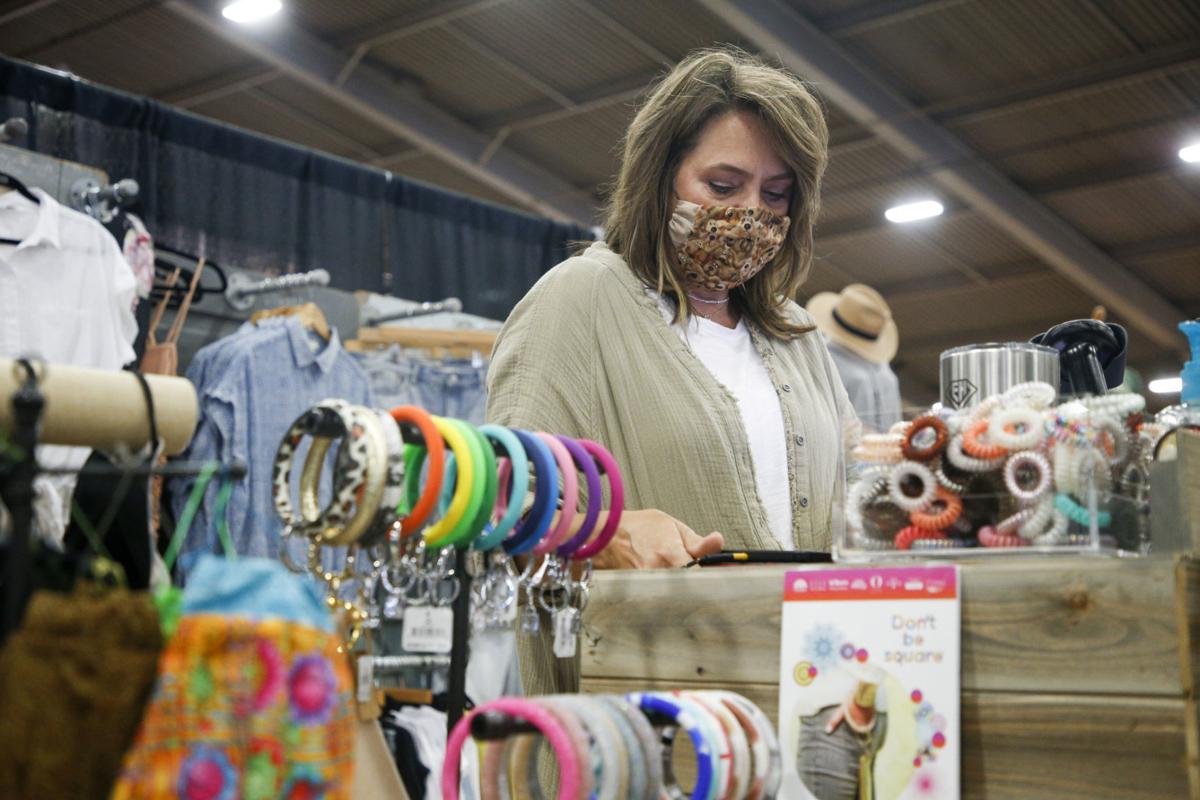Brand new matchmaking ranging from variables of genetic (P
Places from Platanthera chlorantha (PS1 and you can PS2, PB1–PB4, circles) and Cephalanthera rubra (CK1 and you can CK2, CB1–CB7, triangles) populations for the north-eastern Poland.
Data area and you will testing
We investigated half dozen P. chlorantha and you can 9 C. rubra communities within Women’s Choice dating the north-eastern Poland (Bialowieza and Knyszynska Primeval Tree, Szeszupa river area) inside natural, semi-pure and you can anthropogenic teams away from national and you can landscape areas, reserves and safe areas, eg Natura 2000 sites ( Fig. 1). Although he could be situated in safe section, many are present on the railway embankments, collectively channels and you will pathways in the forest or even in clearings.
The latest sampling processes depended with the society size. Leaf examples regarding the majority of ramets within communities of any varieties have been removed (except populace PS2; Table step 1); zero examples was obtained from damaged otherwise really younger some one. One hundred and you will 90-7 samples away from P. chlorantha and you will 95 samples regarding C. rubra have been amassed. Leaf cells is actually kept on freeze up until it could be stored in the ?80 °C, pending allozyme data. All collected samples were used getting allozyme research.
N, population size; NS, number of samples analysed; NGrams/NW, number of generative ramets/number of vegetative ramets; PPOL, percentage of polymorphic loci; A, mean number of alleles per locus; HO, observed heterozygosity; HE, expected heterozygosity; FIs actually, inbreeding coefficient; G, number of genotypes, G/NS, clonal diversity; GU, number of unique genotypes; GU %, percentage of unique genotypes (Fischer’s exact test: P < 0.05, **P < 0.01, ***P < 0.001); #, sum of parameters.
N, population size; NS, number of samples analysed; NG/NW, number of generative ramets/number of vegetative ramets; PPOL, percentage of polymorphic loci; A, mean number of alleles per locus; HO, observed heterozygosity; HE, expected heterozygosity; FIs, inbreeding coefficient; G, number of genotypes, G/NS, clonal diversity; GU, number of unique genotypes; GU %, percentage of unique genotypes (Fischer’s exact test: P < 0.05, **P < 0.01, ***P < 0.001); #, sum of parameters. Leia mais

